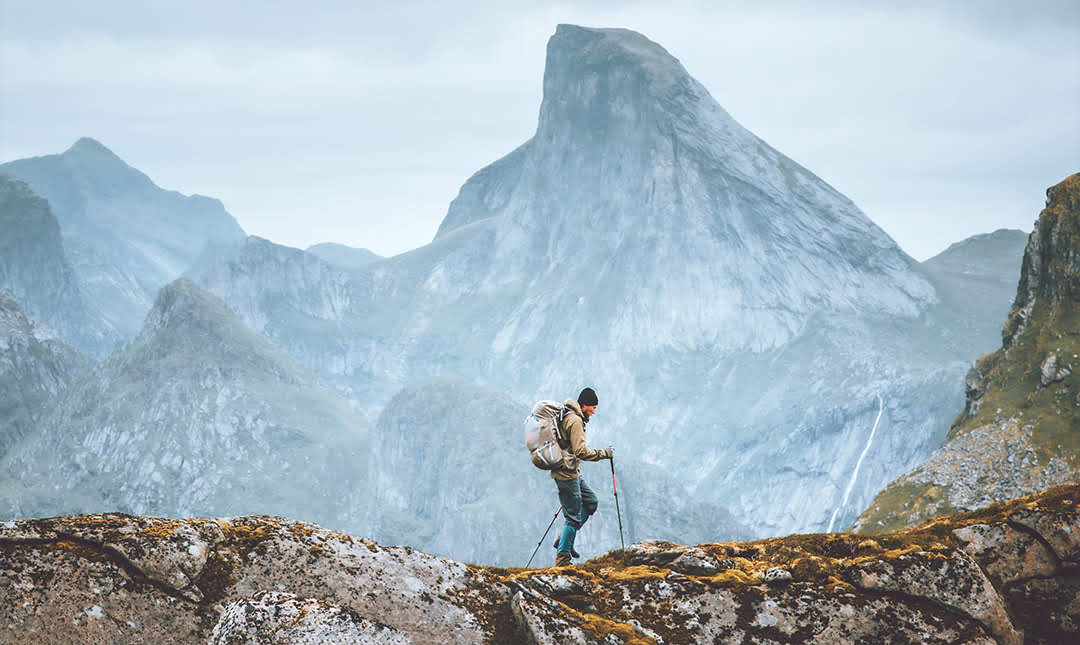
Essential Hiking Equipment
Okay, you’ve decided it’s time to walk through the woods with nothing but the items you can carry on your person—but what should those items be? How can you make sure you’ll be able to stay comfortable, deal with potential emergency situations, and avoid getting lost as you trek up and down the trails near your chosen camping spot?
Don’t worry; we’ve been hiking all over this great land, and we’ve learned exactly what kinds of items are essential for these adventures through firsthand experience. Below, you’ll find our recommendations, along with an explanation of why each type of item is important and what to look for when buying it.

Via Pexels
What Key Needs do Hikers Have?
When you’re on a camping trip where you mostly hang out in a tent or by the campfire, your needs mostly revolve around shelter, storage, and sustenance. But hiking requires you to be more economical about these needs—for example, you’ll still want food, but you’ll have to pack light and forego heavy appliances like stoves that might make meal prep easier back at the campground.
The items you’ll use to protect yourself from hazards and deal with emergencies will also need to be lighter to carry and easier to access. Generally, you’ll want portable, quick-use items that can help you:
- Stay nourished
- Stay warm
- Stay hydrated
- Avoid environmental damage
- Fend off animals
- Avoid getting lost
That said, here’s a list of items you should find room for on your person every time you venture up a mountain, through a valley, or deep into the forest. All of these items should be readily available at your local MEC or Atmosphere—and of course, you can always order them online.
The Hiking Gear You Absolutely Can’t Go Without
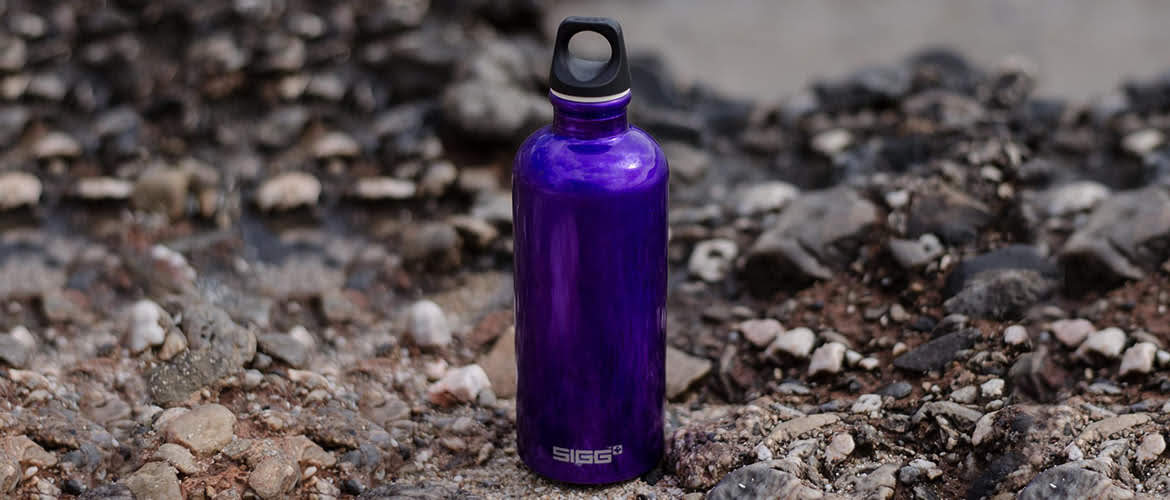
Via Pexels
Water Bottles
This one’s pretty self-explanatory—your body will be steadily losing water as you hike, and periodically hydrating yourself will help prevent you from becoming weak and lightheaded during your excursion.
When it comes to buying a water bottle, look for products with an insulated wall—this will not only keep your water cool on hot days but allow you to store warm beverages for hours if you ever need to use the bottle to store soup, coffee, or hot chocolate during a cold-weather camping trip.
Lunch Containers
Packing a bag lunch to go hiking isn’t a great idea—the contents of your backpack are likely to get jostled around quite a bit as you walk, bruising fruit and potentially knocking the lids off containers. If you’re really unlucky, the smell of unsealed food items can also attract bears and other dangerous wildlife.
Avoid those issues (and keep yourself off the menu) by packing your food items in a rigid, sealable lunch container. You don’t need to buy a heavy metal lunchbox either—brands like Yeti make lightweight and durable lunch boxes that are also insulated to preserve the temperature of your food.
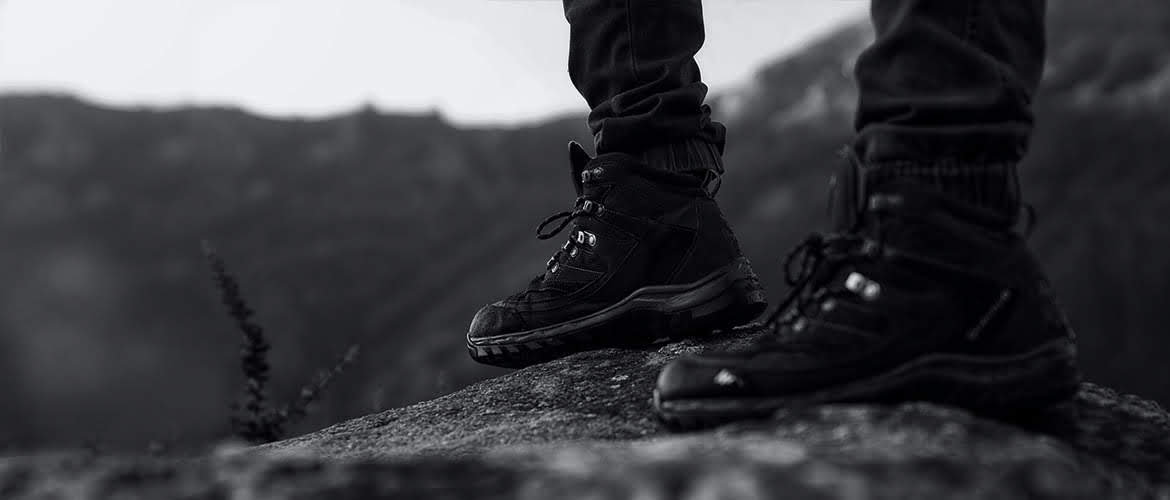
Via Pexels
Hiking Boots
Hiking over rough terrain in your favourite pair of comfy old sneakers might feel okay at first—but after a few kilometres, you’ll be bemoaning a fresh set of blisters on your tortured tootsies. Save yourself the suffering by investing in a robust and durable pair of proper hiking boots.
When it comes to boot-buying, look for low-cut boots with flexible midsoles—these will keep your ankles aired-out and prevent cramping, making them appropriate for most day hikes. Longer journeys through wet or muddy conditions may require taller boots with explicitly waterproof features.
Sun Protection
No, the shade offered by the forest canopy isn’t enough to keep you from getting sunburnt during hours spent outdoors—and that’s assuming you’ll be hiking in a well-forested area the whole time you’re out.
Keep your skin from turning the colour of ripe tomatoes by packing sunscreen with an SPF rating of at least 50. This will prevent you from having to stop and reapply it too often (once every 2 hours should be enough).
Wildlife Deterrents
Bears like to walk through the woods too—and although encounters are rare, you’ll still want to be prepared if one should stumble across your path. That’s where bear spray comes in handy (and don’t worry; it works on cougars and other large predators too).
When buying bear spray, make sure to check the expiration date on the label. Yes, bear spray expires—and if you don’t want to expire as well, you’ll want to make sure the stuff you’re packing is good and fresh.
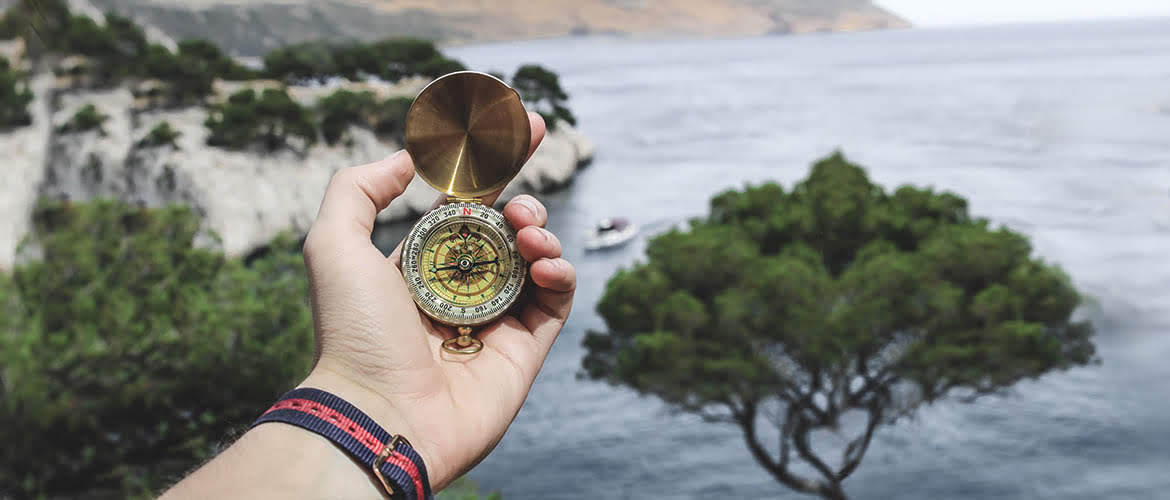
Via Pexels
Navigation Tools
Don’t want to get lost in the wilderness? Make sure you take along more than just your cell phone to help you stay oriented. Service out in the boonies is unreliable, and more than one hiker has been lost because they didn’t have contingencies.
Your minimum navigation tools for hiking should include a detailed map of the area, a compass, and a set of binoculars. Extra-careful hikers can also invest in portable GPS trackers, which are much more reliable than the ones built into most smartphones.
First-Aid Supplies
If an injury or accident occurs while you’re hiking, you may not have time to make it back to the campsite and deal with it there. Never go hiking without a basic first aid kit including bandages, disinfectant, cotton balls or pads, tweezers, hot and cold packs, medical tape, sterile water or saline solution, and hand sanitizer.
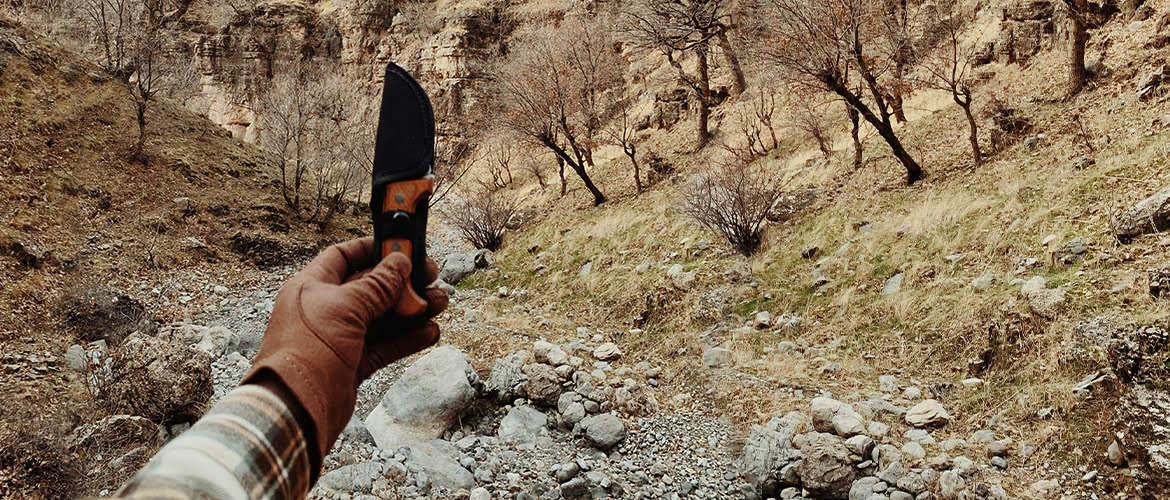
Via Pexels
A Knife
Knives come in handy in all sorts of situations. You probably won’t want to use them to fend off an animal attack (unless you forgot to bring bear spray, which—don’t), but you can use them to mark trees if you get lost, whittle sticks to create basic tools, help prepare certain food items, and more.
Any knife you take hiking should have a fixed blade (which will make it more durable and allow you to cut through stiffer materials), a reliable sheath, and be easy to carry. You’ll also want to store it somewhere easy to access—so, not at the bottom of your backpack. Which brings us to…
A Hiking Backpack
Choosing the backpack you’ll use to carry all of these items is perhaps the most important decision you’ll make when it comes to picking out your hiking gear. Ideally, you’ll want something comfortable to carry, spacious, and easily accessible.
Look for backpacks with multiple pockets to keep items separate, secure openings at the top and bottom for easy access, padded straps to reduce shoulder pain while moving, and ventilation at the back to help prevent excessive sweating. You might end up spending a few hundred dollars on a high-quality backpack that offers all these features, but the trouble you’ll save will be worth it.
Final Thoughts on Hiking Gear
Investing in well-made hiking gear means you’ll be spending more money—but it’s worth it to get items that will serve you well when you need them. Buying a good lunch box keeps your food delicious, buying a good pair of boots will keep your feet comfortable, and buying bear spray that hasn’t expired will prevent you from becoming food. Use this list to guide you when shopping for your hiking gear, and browse our other guides to make sure you pack the rest of the camping items you’ll need for your next trip!

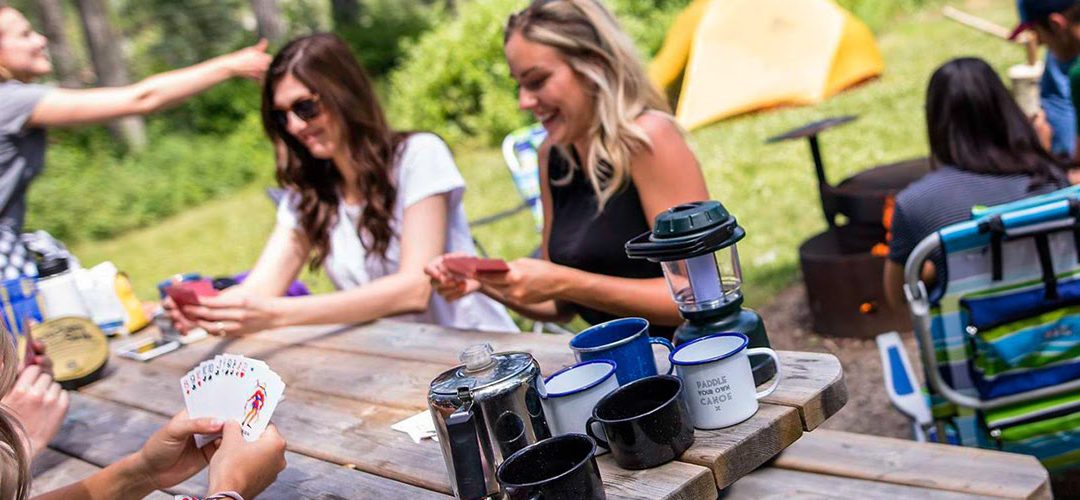



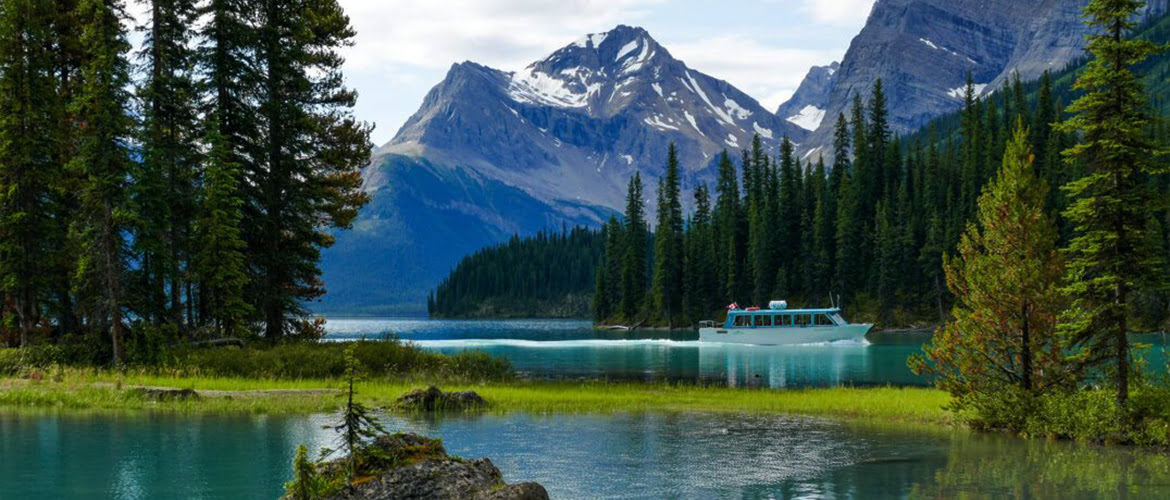
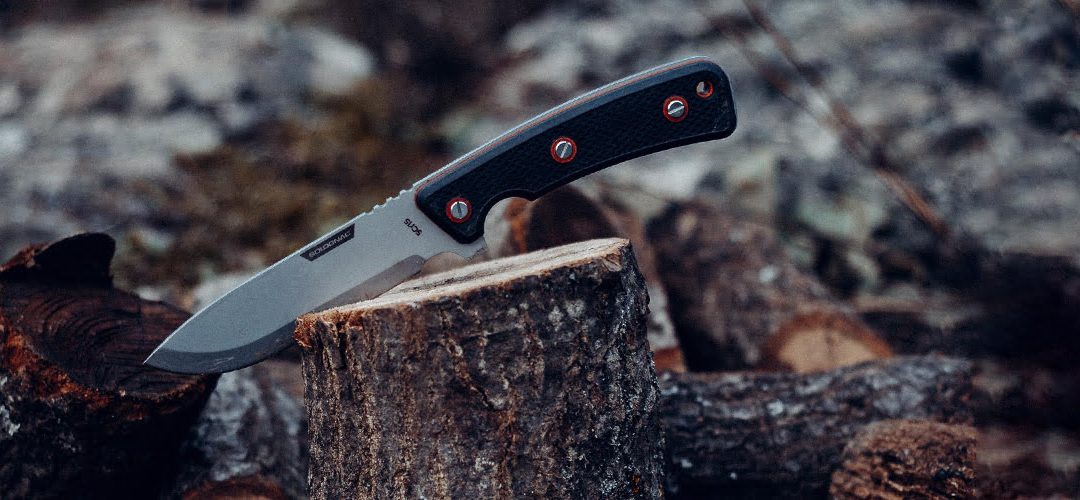

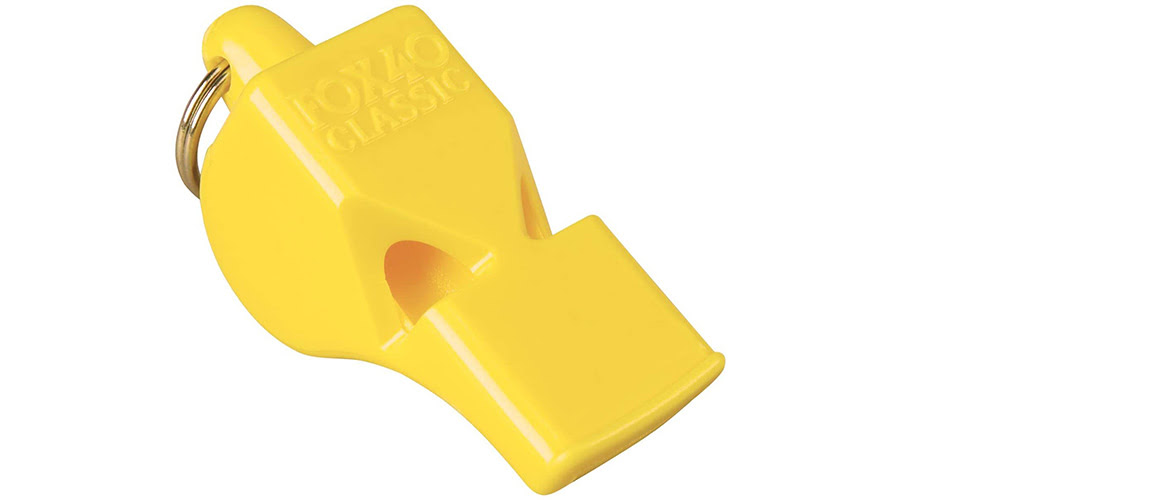

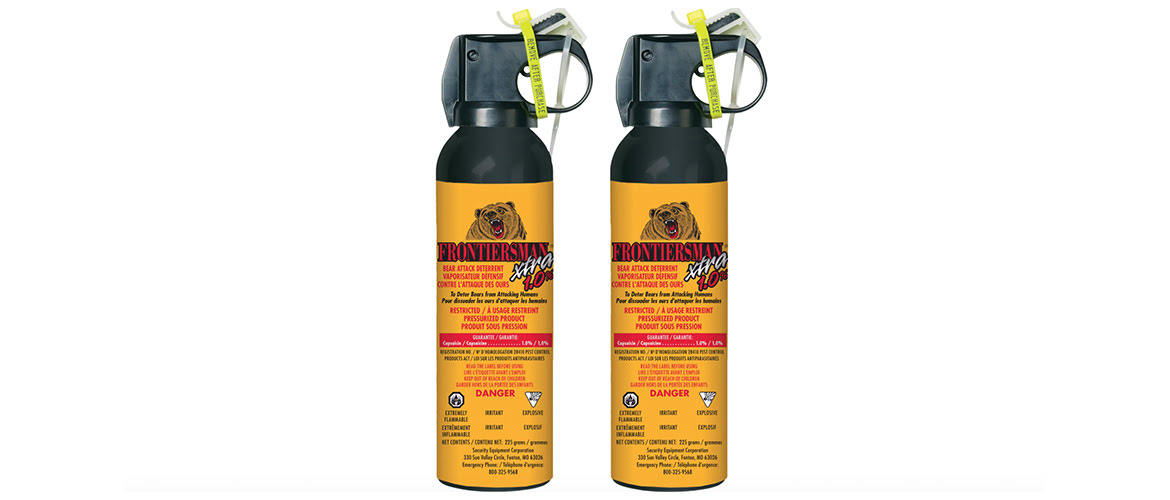

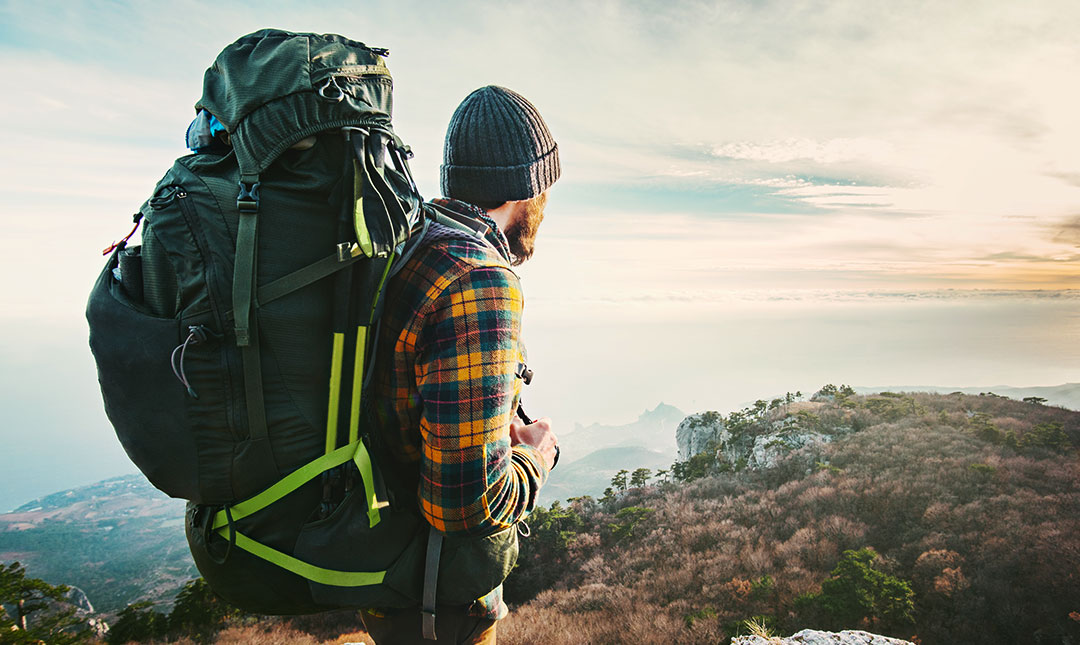
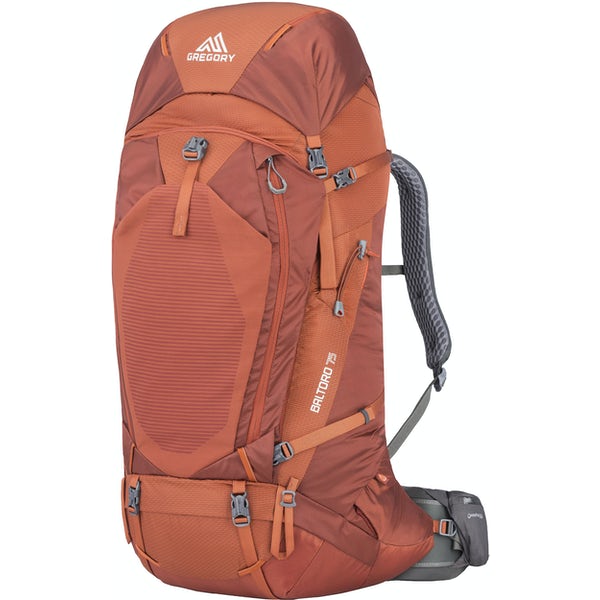
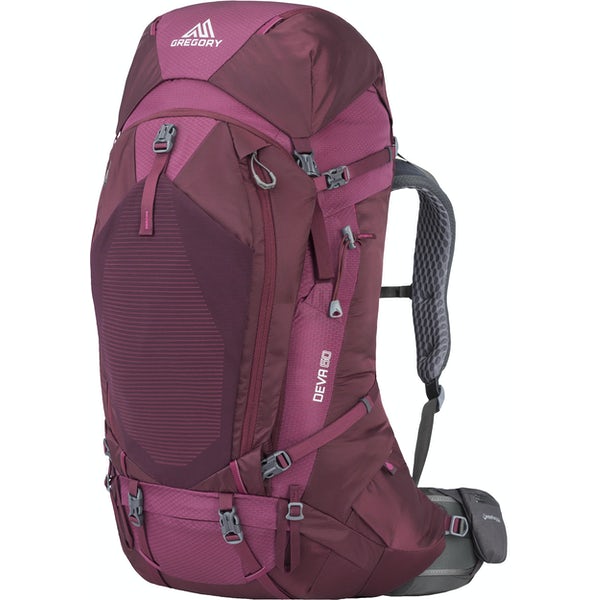
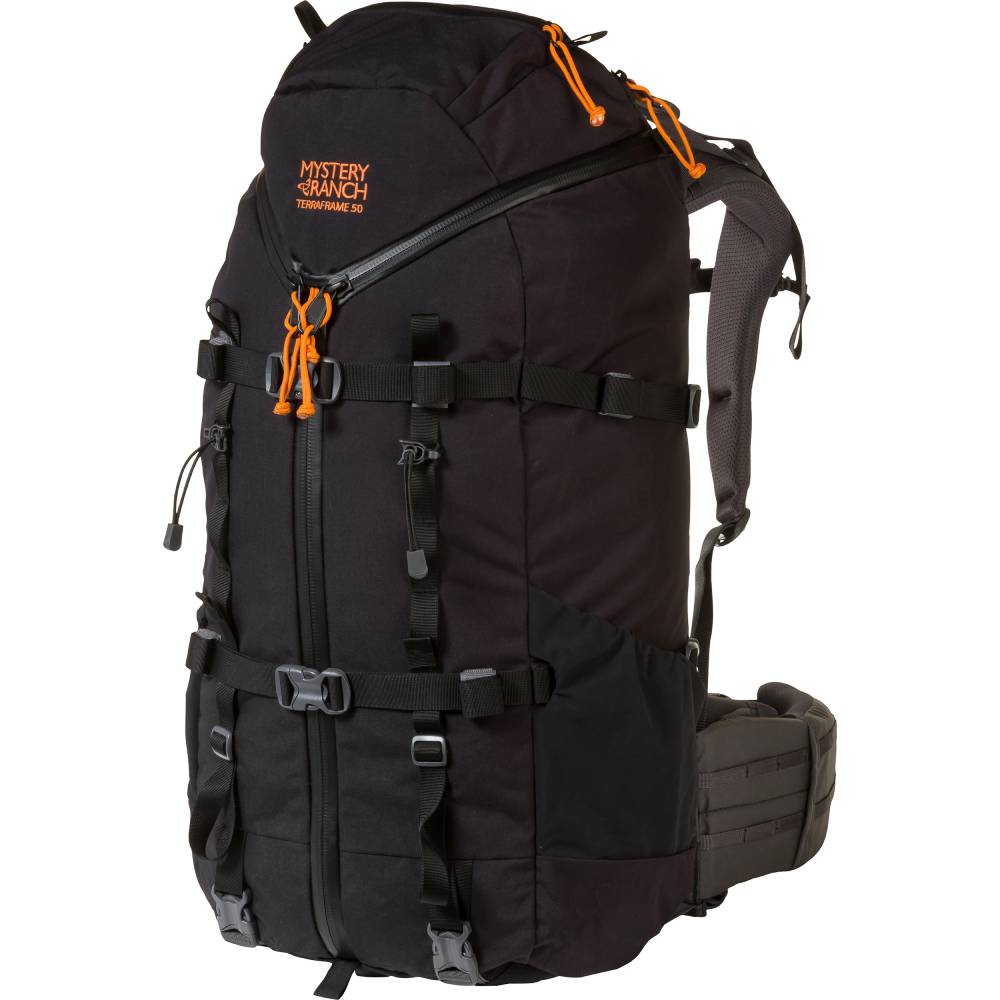
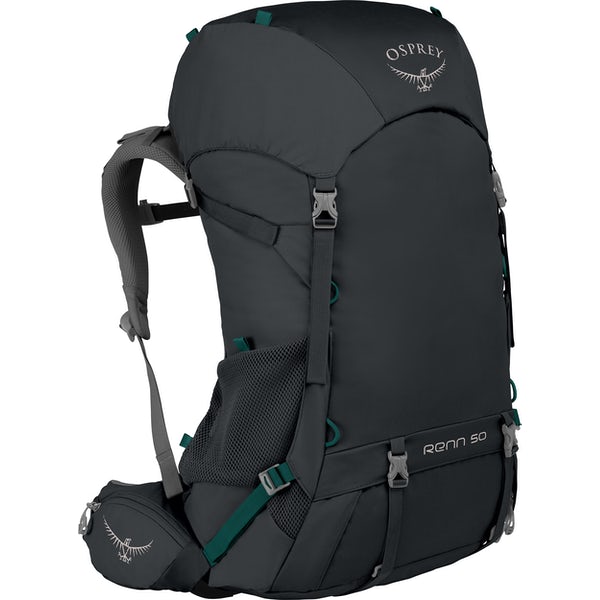
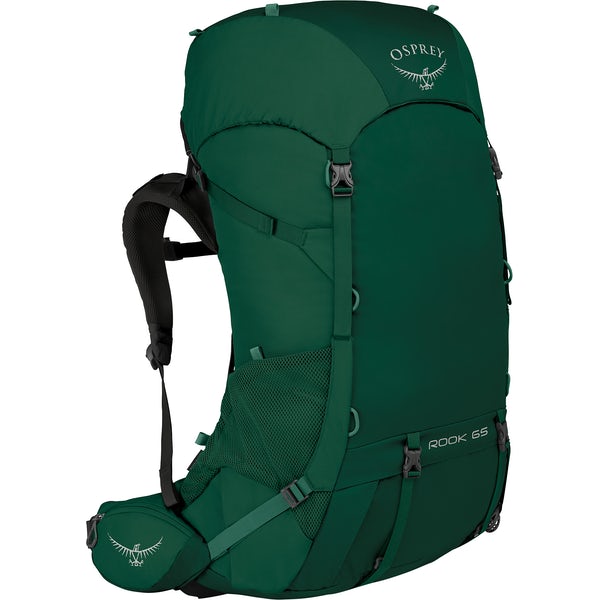
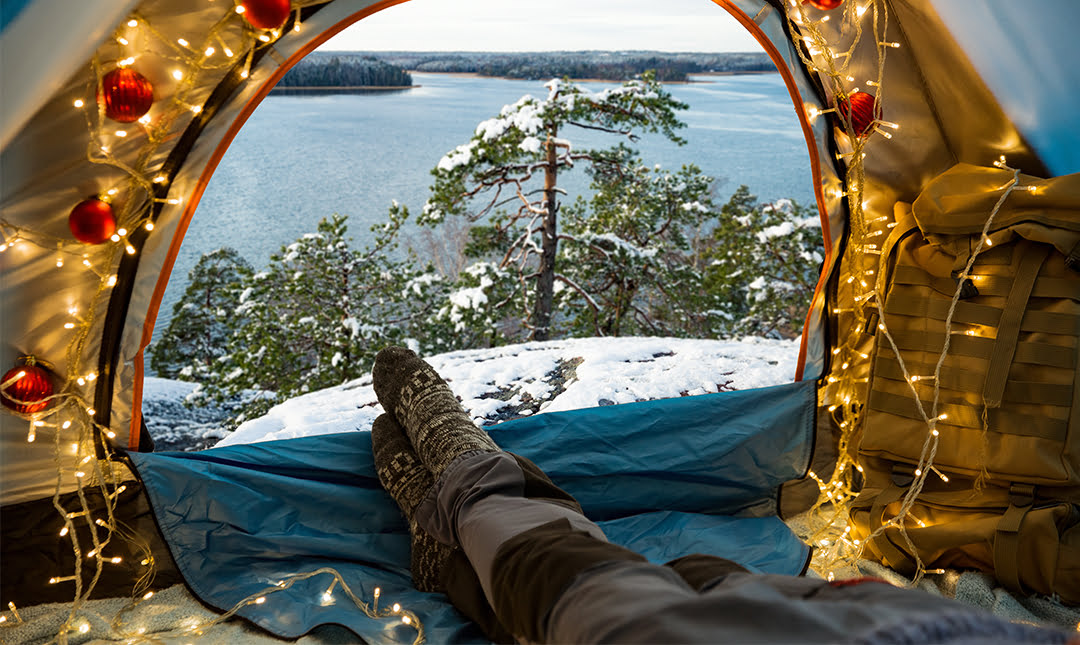
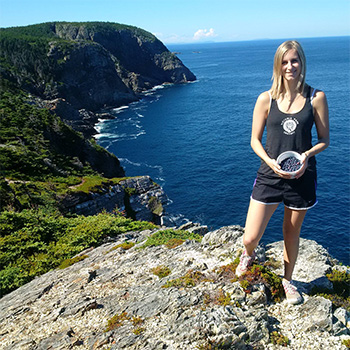
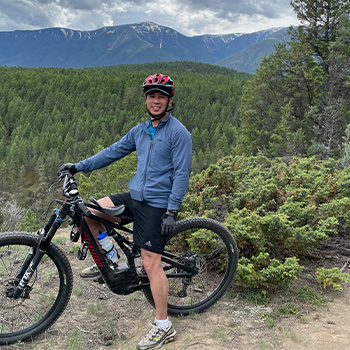

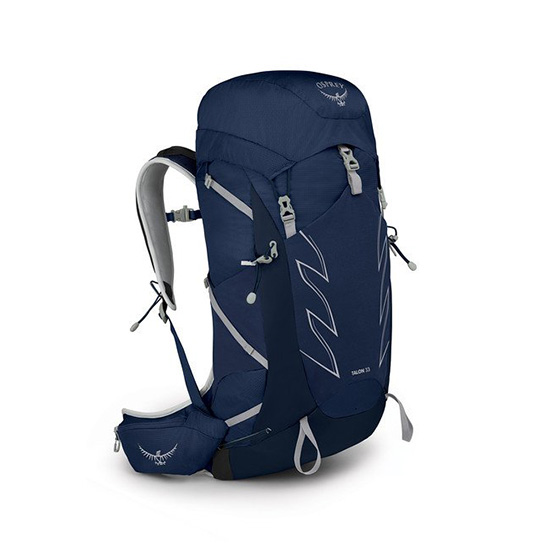

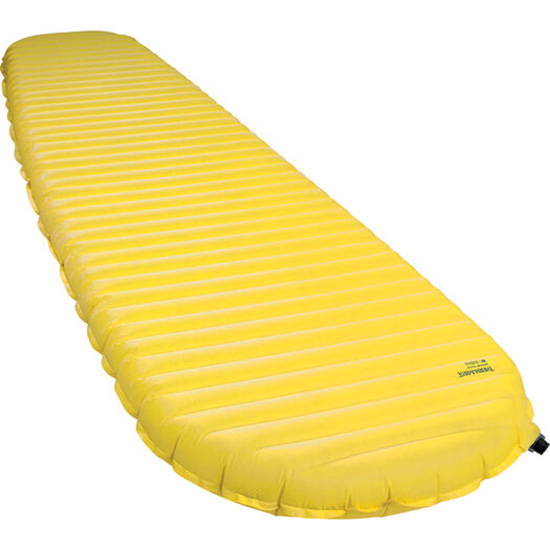
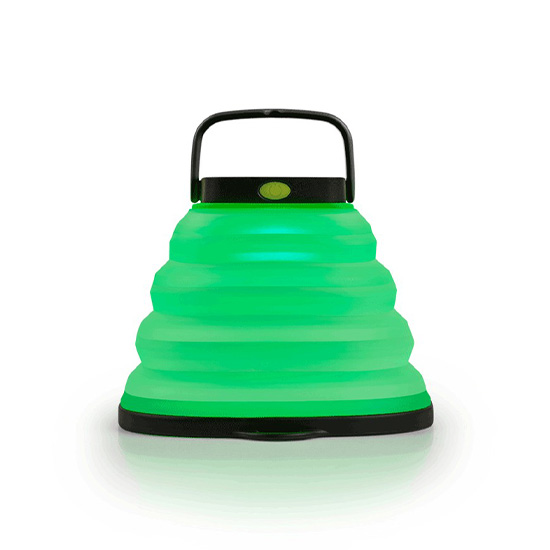
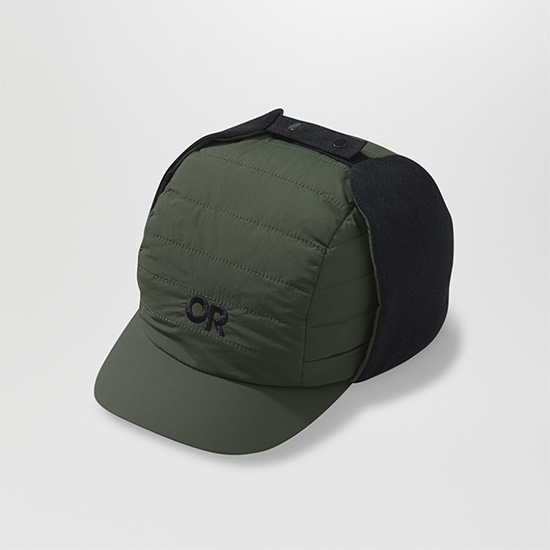
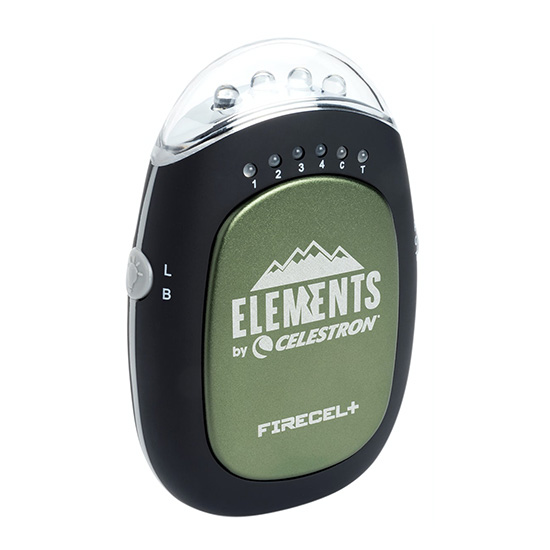



Recent Comments